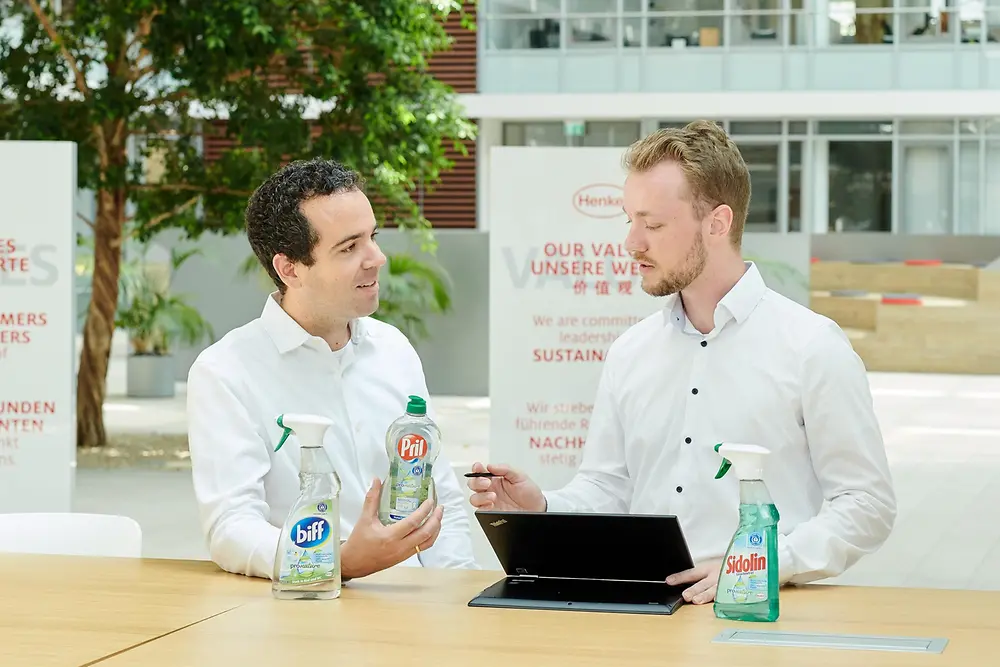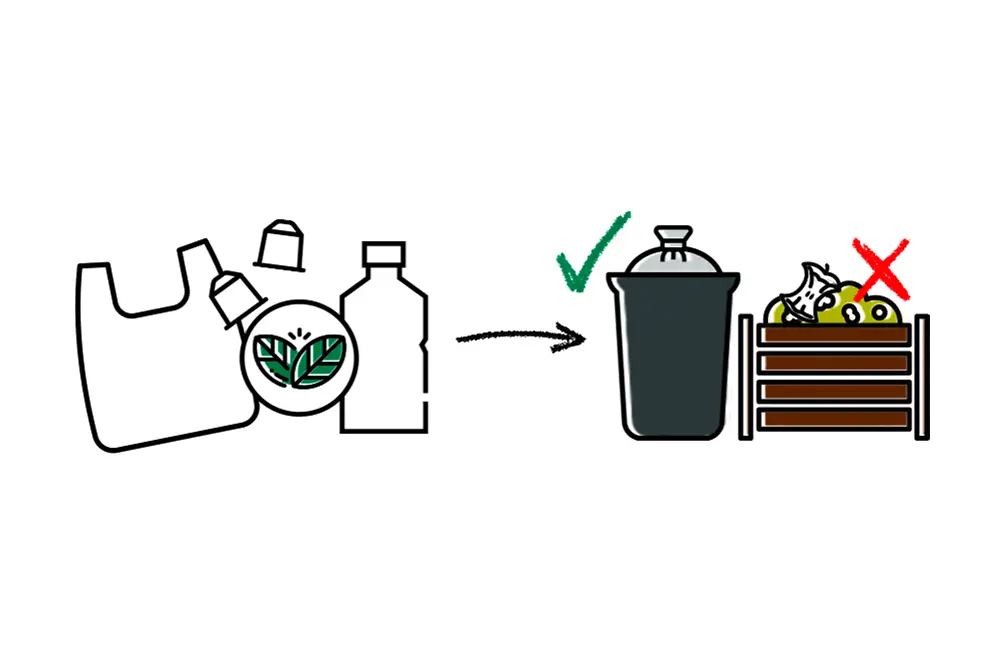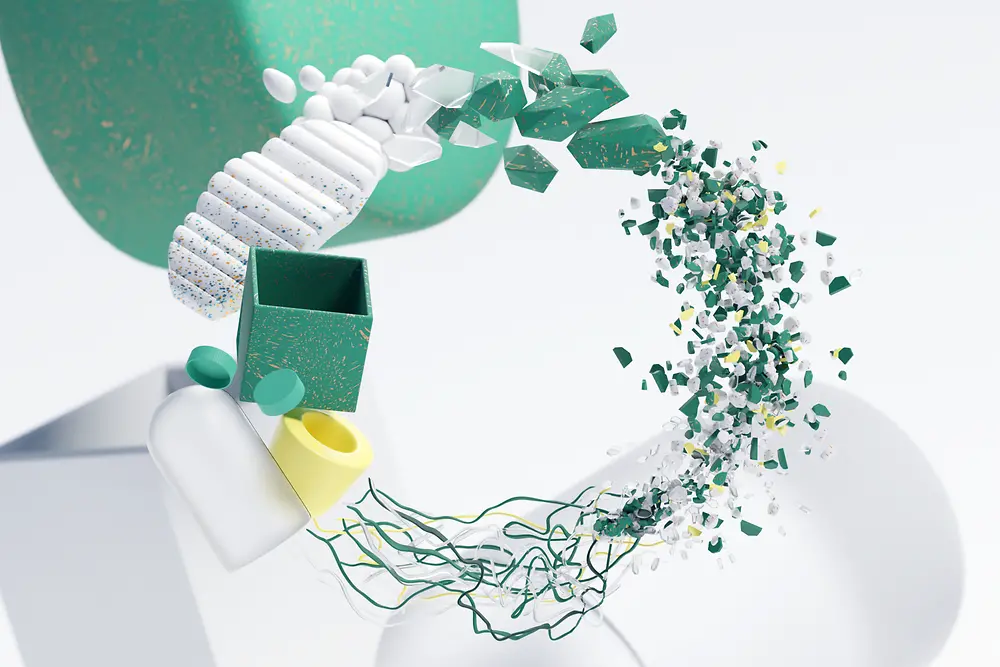If someone were to believe surveys and media reports, consumers are more likely to reach for products with packaging out of metal or glass. The environmentally friendly image of these materials, on closer inspection, doesn’t stand up to scrutiny. To raise this discussion to an objective level, an independent consulting company prepared a study about the environmental impacts of packaging for ALPLA. We now have detailed results for typical packaging solutions for different products, such as mineral water, food products, or laundry detergent in different countries.
Here, I would like to highlight one example: Glass bottles for mineral water are much heavier than PET bottles. Transporting these glass bottles leads to higher emissions of CO2. During the recycling process, glass requires a much higher temperature to melt than plastic. These facts alone make non-returnable glass bottles seem outdated in comparison to non-returnable bottles made from PET with recycling content. Even more interesting is the fact check with reusable bottles: The higher the proportion of recycled material in plastic bottles, the better they perform ecologically in comparison to glass bottles, which helps close the cycle. Collecting and reusing makes sense – it saves resources and prevents emissions from greenhouse gases. However, between the lines is a completely different message for every single one of us: As consumers, we have the power. We have to check the facts and not be influenced by our emotions. We must consume responsibly and not only buy the packaging, but above all, the product. I believe that plastic is a recyclable material with good properties that we need to use responsibly, like all other resources.












